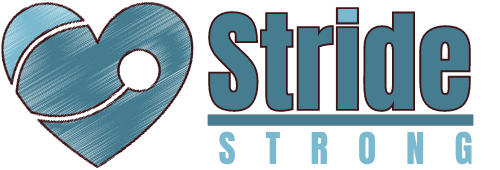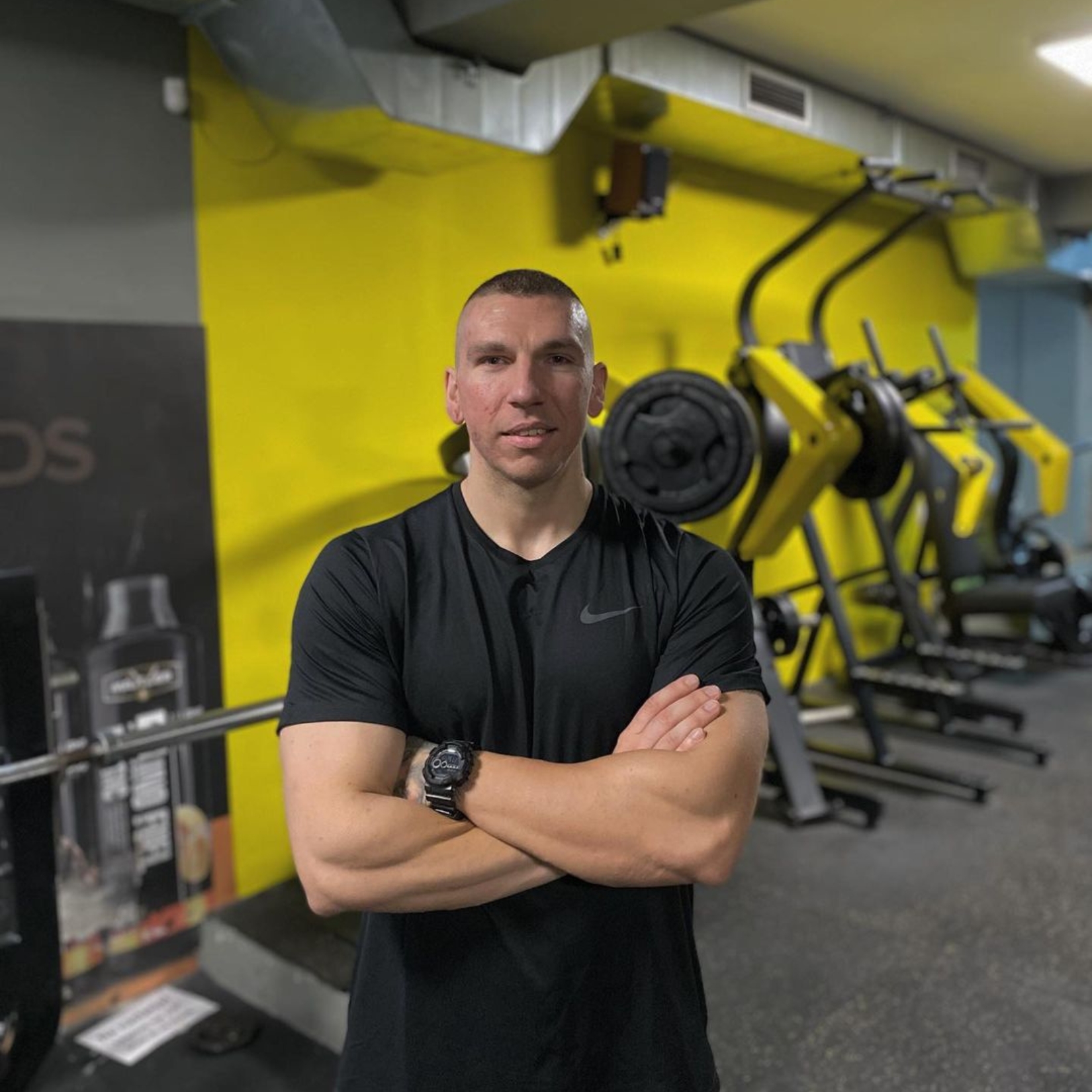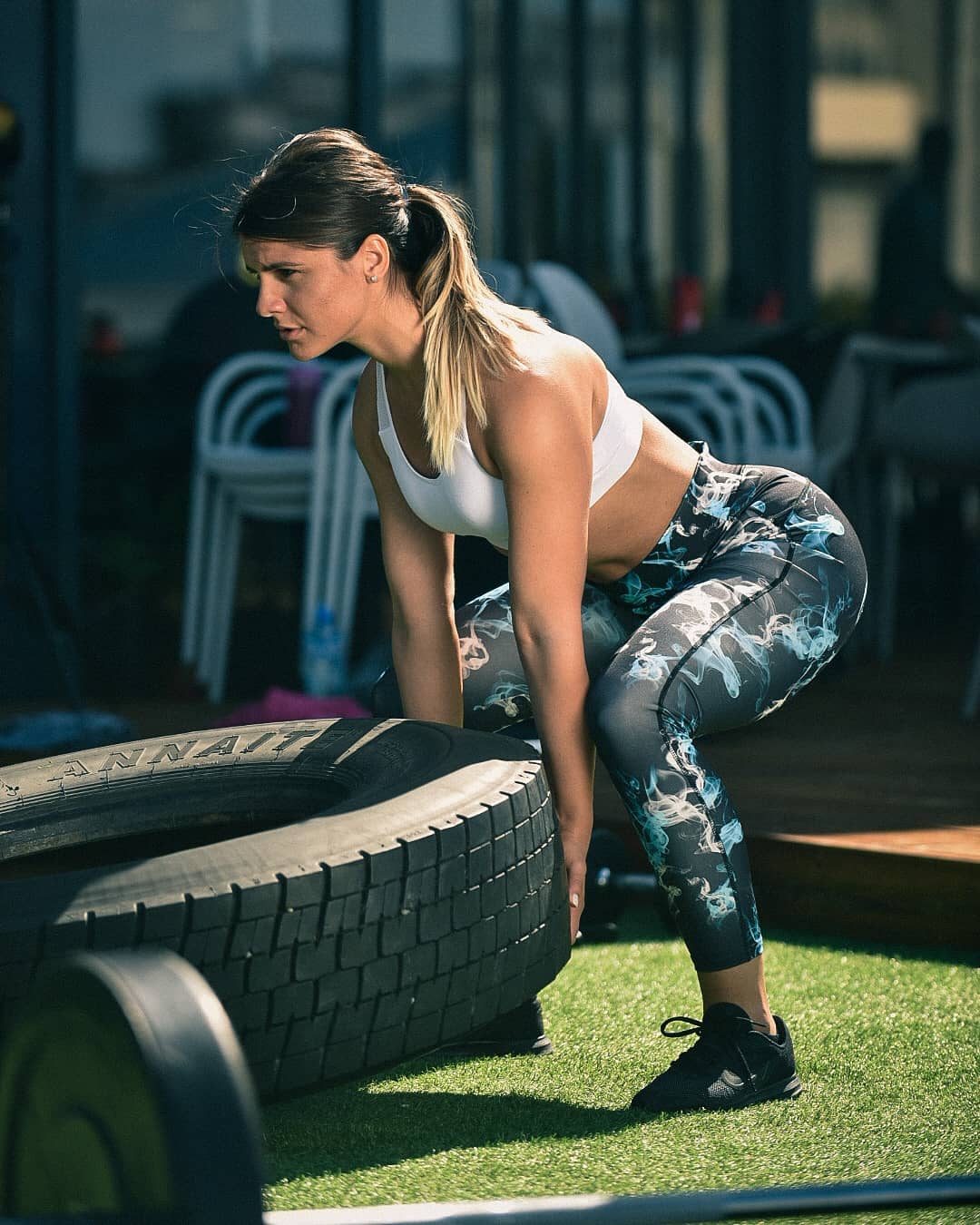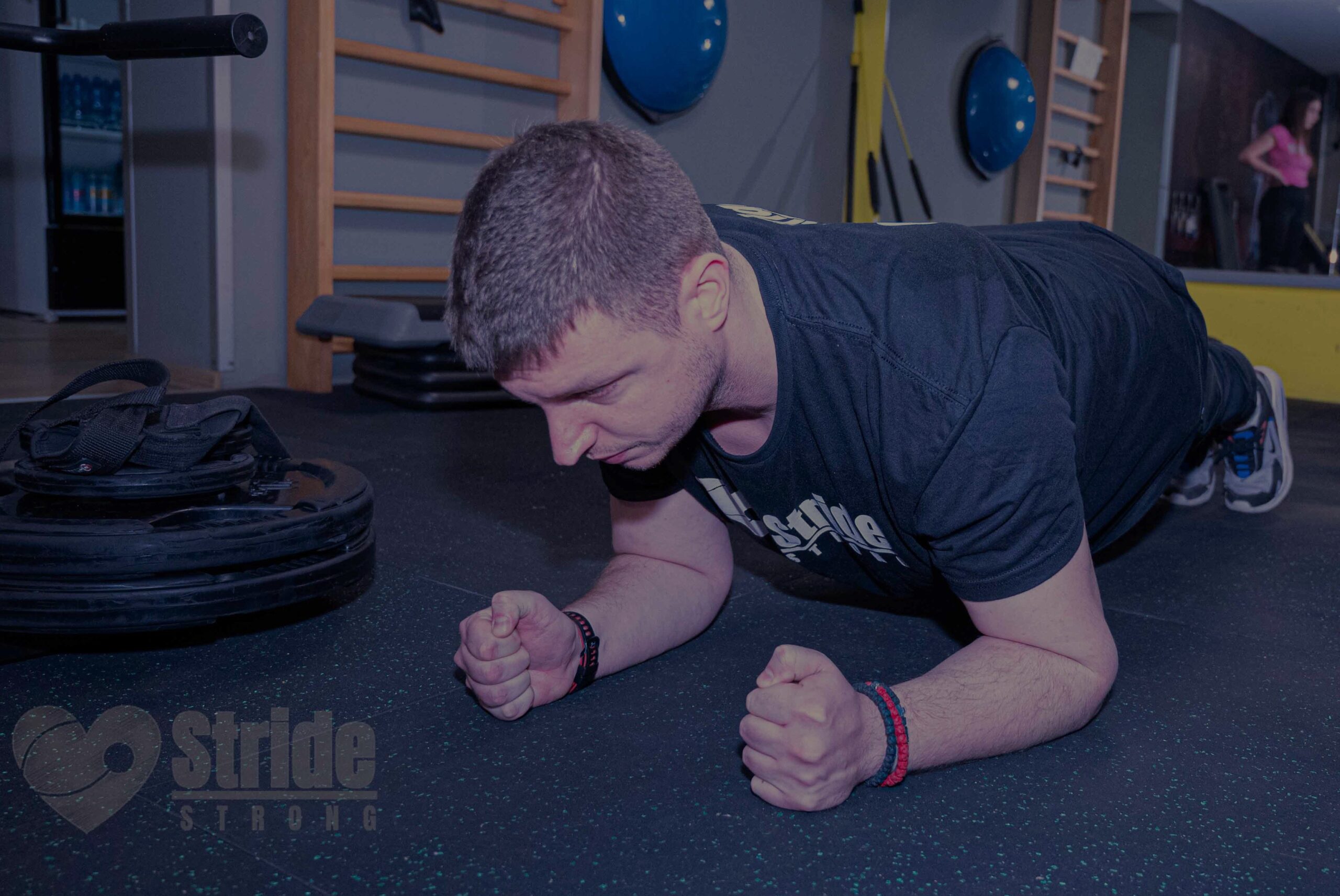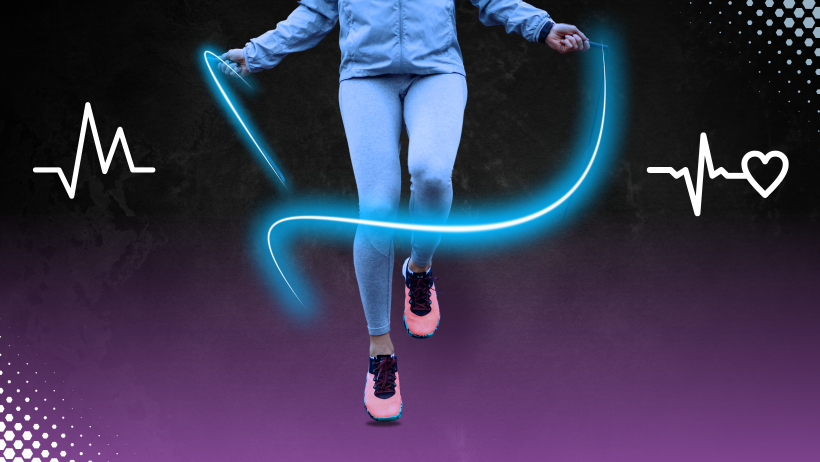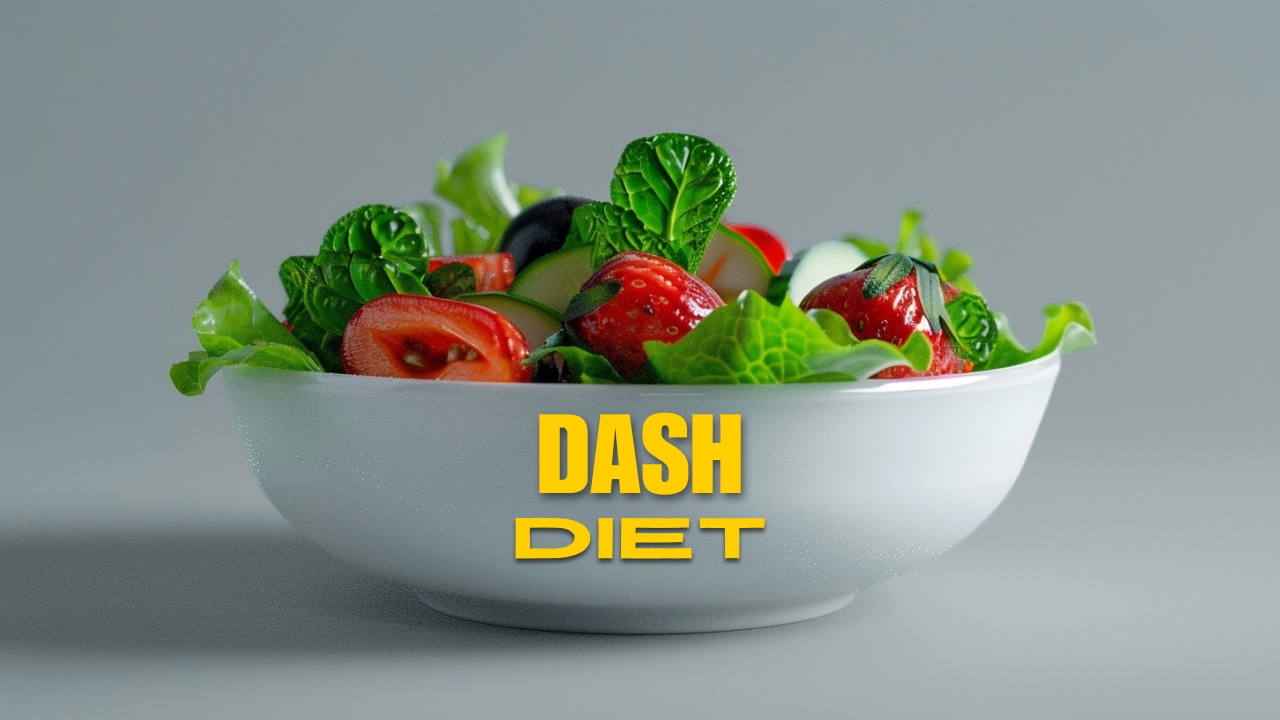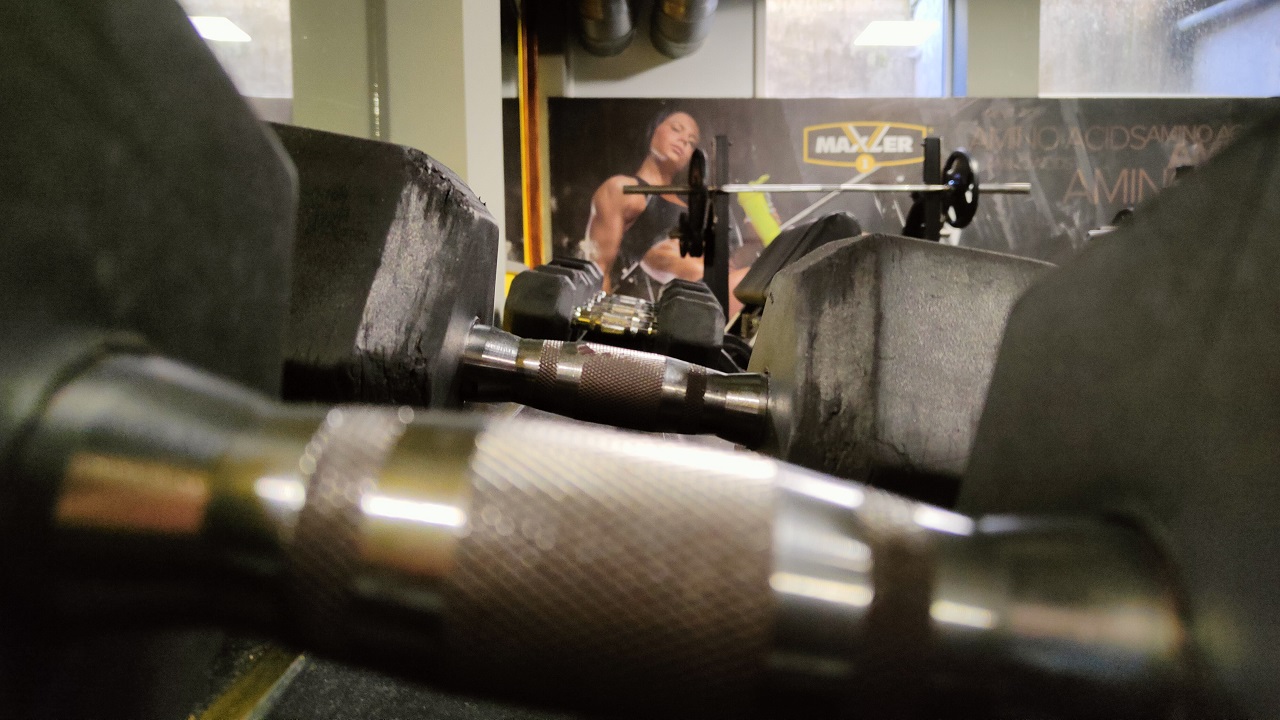I believe we’ve all been there at some point of the hypertrophy process – you do your workouts, eat your veggies, take your protein but there’s no progress. Nada. Not a single pound up nor down. This moment can be crucial, many people give up fitness when they reach this blockage. And that’s exactly the opposite of what you should do.
After talking to a fitness coach Ilija Stajcic we prepared some interesting tips on overcoming plateau and achieving the best results with your workouts.

Why does a workout plateau happen?
A workout plateau happens when you no longer see progress in your fitness routine despite continuing to exercise consistently. This lack of progress can affect your strength, endurance, or muscle growth, and it usually occurs because your body has adapted to the demands being placed on it.
As Ilija says, this usually occurs for two reasons: your nutrition or your training sessions.
How? When it comes to hypertrophy and nutrition, this probably means you’re not taking in enough protein. Protein is a building substance so if there’s not enough of it, your muscles cannot grow.
On the other hand, when your workout session is not stimulative enough there will be no progress.
“For hypertrophy, the optimal number of repetitions is from 8 to 12. If you do 12 reps and finish your set, but you still have energy for 3 or 4 more, your muscles won’t be stimulated to grow. In every exercise, the last 2 or 3 reps have to be difficult and challenging if you want to make progress”, says Ilija.



How to overcome it?
“Persistence turns goals into reality” – This is Ilija’s number one advice.
It might sound like a cliche, but consistency really is the key. Always keep that in mind and try the following things:
1. Change your routine – Change your exercises, intensity, or even the type of workout (e.g., switch from running to cycling, or try HIIT instead of steady-state cardio).
2. Increase intensity or volume – Gradually increasing the intensity of your workouts, or the volume (more sets, reps, or duration), can challenge your body anew and spur improvements.
3. Focus on recovery – Overtraining can lead to plateaus. Ensure you’re getting enough rest, sleeping well, and managing stress. Also, consider integrating recovery techniques such as stretching, yoga, or massage.
4. Adjust your diet – Nutritional needs can change as you progress in your fitness. It might be helpful to consult a nutritionist to ensure your diet supports your increased activity level, especially if your goal involves muscle gain or fat loss.
“Under expert guidance, individuals are able to acquire essential insights and create personalized nutrition plans aligned with their unique goals“, she emphasized.
Key principles of hypertrophy
To make the most of these principles, adjust how much you lift (volume), how heavy you lift (intensity), and how often you train each muscle group (frequency).

1. Mechanical Tension
This is just a fancy way of saying you need to lift weights that are heavy enough to challenge your muscles but still let you maintain good form. By progressively lifting heavier, you create tension that prompts your muscle fibers to grow.
“If you do 3 sets per exercise, don’t use all your strength in the first two sets, save it for the last one. Because if you give a 100% at the very beginning you’ll lose your strength right away”, adds Ilija.
2. Muscle Damage
Sounds scary, but it’s actually a good thing! When you lift weights, particularly with movements that stretch your muscles like deep squats or dumbbell flys, you make tiny tears in your muscle fibers.
Your body then repairs these tears, which helps your muscles come back stronger and bigger. Focus on the lowering phase of your lifts (like when you slowly lower the dumbbell in a bicep curl) to really boost this process.
3. Metabolic Stress
Ever felt that tight, swollen feeling in your muscles right after a workout? That’s metabolic stress. It happens when you push your muscles to the point of fatigue, building up things like lactate and hydrogen ions.
This not only makes your muscles look temporarily bigger (that post-gym ‘pump’), but also helps with long-term growth by creating a muscle-building environment inside your muscle cells.
How to warm up your body
Ilija classifies warming up into 3 stages:
Stage 1: Exercises for shoulders, hip, and knee mobility.
Stage 2: Warming up and core strengthening. Best exercises include plank, dead bug, bird dog, hip bridge.
Stage 3: After deciding on your first exercise, put a load that is 25-30% of your maximum repetition and do 15 to 20 reps. That way you warm up the muscles and lower the risk of getting injured. Then, take a break for 2-3 minutes and you’re ready to start with your training.
How important is stretching in hypertrophy?
Stretching is like a helpful sidekick in your muscle-building process. It keeps you flexible so you can nail your workouts with perfect form, and it helps your muscles bounce back faster after you hit the gym.
Plus, it keeps injuries at bay, ensuring you can keep training regularly without unwanted breaks. While stretching won’t directly pump up your muscles, it makes sure you’re in top shape to lift weights effectively and see those gains!
“I do the stretching only after my workout, when my muscles are warmed up. In my opinion, stretching at the beginning of the training can lead to injuries. Note: Do every exercise through a full range of motion. That way you strengthen your muscle and preserve its flexibility at the same time, which will further make the stretching easy and painless”, says Ilija.
What to do after you finish your training?
Ilija recommends 10-15 minutes of slow walking on a treadmill with a 3-5% incline. In fact, he does it himself after his workouts. In fact, any time of light activity would be good.
To wrap things up…
Overcoming a plateau in your fitness routine is all about tweaking your approach and keeping a positive mindset. Remember Ilija’s motto: “Persistence turns goals into reality”, it will do wonders for you! It’s normal to hit bumps along the road, but with some smart adjustments and a can-do attitude, you’ll keep moving forward.
Change up your workouts, focus on your nutrition, and don’t forget to give your body the rest and recovery it needs. And, of course, don’t miss our new interview next week!
